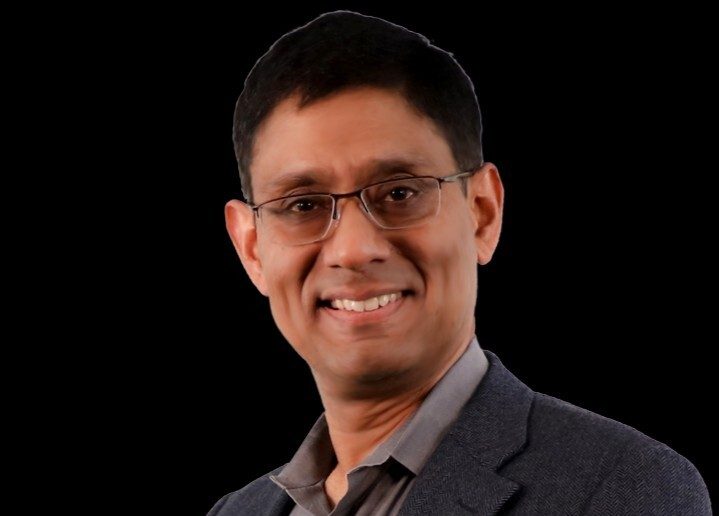Developing physical products quickly is what it’s all about in a fast-paced world. What slows down the development speed and drives up cost are the materials and the time it takes to see if a concept works. Using digital simulations, alongside predictive analytics, increases speed while lowering costs. Prith Banerjee, the Chief Technology Officer at Ansys, makes the point that the precise capabilities of simulations today are providing the power to create new products from the micro to the macro.
Main Takeaways
- The Appeal of Digital Simulations: The old process of developing a product would involve lots of different versions and materials. With the use of a digital simulation, in other words, a digital twin, all these trial and error versions can play out in the digital arena. Doing so increases development speed and reduces cost.
- Academia and Industry: Academia, at its best, projects forward into the future new possibilities that are later implemented across industries. Therefore, forward-thinking industries ought to have a motivation to connect to academia to offer resources so that academic institutions can strive for innovations. Ansys is partnering with a number of academic institutions to make its simulation software available for free.
- Exciting Simulations Now and in the Future: Banerjee mentions current digital simulation use cases ranging from the oil industry to electrification of cars to heating and cooling huge buildings. Furthermore, he shares excitement in the healthcare area because, right now, there is an ability to simulate a heart that is having a problem functioning to see if a pacemaker will solve the issue. With this level of precision, one can imagine all manner of encouraging applications for simulations both now and in the future of healthcare and in many other areas.
For a more in-depth look at this episode, check out the article below.
Article Notes:
Developing physical products quickly is what it’s all about in a fast-paced world. What slows down the development speed and drives up cost are the materials and the time it takes to see if a concept works. Using digital simulations, alongside predictive analytics, increases speed while lowering costs. Prith Banerjee, the Chief Technology Officer at Ansys, made the point that the precise capabilities of simulations today are providing the power to create new products from the micro to the macro.
“The world around us is governed by the laws of physics, but it starts with atoms and molecules,” Banerjee said. “We can simulate atoms and molecules to parts to chips to airplanes, cars, rocket ships, and entire systems. So we say we can simulate from atoms to rocket ships. This is where we are headed today.”
On a recent episode of IT Visionaries, Banerjee explained that creating a digital twin to a physical product is a powerful tool in the engineering toolbox. He described how A.I. is being used to process large amounts of data in order to offer predictive analytics concerning products. Banerjee also chatted about his passion for connecting Ansys and academia.
To get started, Banerjee described how Ansys serves its customers.
“Our customers use our simulation software to design and simulate their product in the digital domain,” Banerjee said. “[This] means completely on the computer and without the need for expensive, time-consuming, physical prototyping.”
To serve customers, Ansys’s software Fluent must balance several factors at the same time.
“Our software simultaneously has to solve these four different things,” Banerjee said. “One is they have to act. You have to do it fast, right? If it takes you more than 24 hours to forecast tomorrow’s weather, it doesn’t do you any good. So you have to do it much faster. Now, to do [it] much faster, you can do it with much less precision, much less accuracy, but that doesn’t help you. So you have to do it fast and accurate. And once in a while these things don’t convert, so it needs to be robust. And the last thing is [that] it has to be easy to use.
According to Banerjee, the use of artificial intelligence is helpful to learn from data more quickly.
“What we are doing at Ansys is to use A.I. machine learning to learn from this measure data and from simulation data to accelerate the way you can actually do these simulations,” Banerjee said. “So rather than relying on the traditional numerical methods, using finite element methods, finite volume methods, what we are doing at Ansys are to accelerate these things by factors of a 1,000 or a 100 where this fluid flow simulation through A.I. ML will be deeply accelerated.”
Banerjee described using a digital twin, a digital simulation to a parallel physical product, that is then connected to a hybrid of predictive analytics and a “physics-based simulation” to up level accuracy.
“People can do these digital twins based on collecting data alone, ” Banerjee said. “But data-based predictive analytics, we have found, is sort of accurate to maybe about 80%. Through Ansys simulation-based digital training, we are able to increase the accuracy to about 90%. But the latest innovation that we have done is called hybrid digital twin, where we combine data analytics with physics-based simulation and get the accuracy to about 99%. And once you have that accurate prediction, you can predict the future. You can avoid all kinds of bad things; be it in oil and gas areas or automotive or aerospace or high-tech manufacturing.”
Banerjee spent part of his career in the academic world and he has a passion for connecting industry and academia. In his role as CTO, he has strove to strengthen the connection between Ansys and academic institutions.
“Today, we have this academic program with more than 2,500 universities around the world,” Banerjee said. Normally, if you’re an engineer in a large company, commercial company, the tool would cost 50,000; a hundred thousand dollars. It’s a very expensive software, but for academics, for these students, it is free. We want to make sure that all these brilliant engineers who are going to sort of their undergraduate first year, second year, third year set, in learning introduction to mechanical engineering, they can download the Ansys software for free.”
To hear more about how Ansys is helping companies develop their products faster and more efficiently by using its simulation software, check out the full episode of IT Visionaries!
IT Visionaries is brought to you by the Salesforce Platform – the #1 cloud platform for digital transformation of every experience. Build connected experiences, empower every employee, and deliver continuous innovation – with the customer at the center of everything you do. Learn more at salesforce.com/platform




